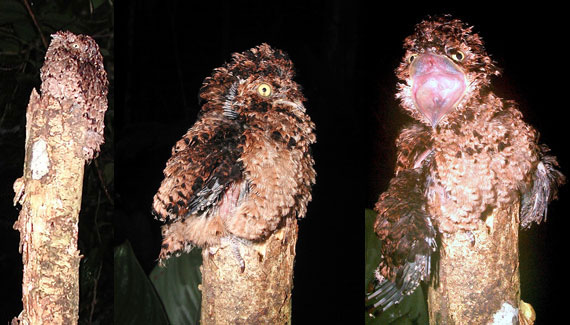I like canasteros. I like canasteros a lot. There are only five people in the world who like canasteros more than I do, and they ain’t admitting it. However, I have decided to break with the status quo (don’t voluntarily humiliate yourself in public) and admit my infatuation with these long wiry-tailed brown jobbies that live in brown places and probably eat brown things. Canasteros, to put it in terms my mom would understand, are neat. To put it in terms my brother would understand, canasteros are gettin’ jiggy with it.

The Spanish word canastero means simply “basket-maker.” Canasteros make baskets, sort of. Their nests, which are made of fine grasses or small twigs, resemble baskets. Canasteros belong in the family Furnariidae, and are classed in one of two genera: Asthenes and Pseudasthenes. The genus Asthenes also includes Itatiaia Spinetail and 8 species of thistletail, which are, for all intents and purposes, also canasteros.

If you read a description of the habitat or location of canasteros, you will find a repetition of the words “arid” and “Andes.” So, though technically many canasteros are found well within the New World tropics, you may be wearing a warm jacket when you see one; there could be snow on the ground and quite possibly no trees in sight. If you read about their songs (if you can call what comes out of their syrinx a song), then you will find clarifying tidbits like “repetition,” “trill,” “descending,” “sometimes ascending,” or “strident.” These birds are loud vocalists, but their voices are not necessarily their endearing marks. Or, at least no one is describing them as accomplished songsters. Now then, what does one look for visually to distinguish them, that is, what are their field marks? Streaking (presence or absence; above or below). Chin patch (presence of ?). Any rufous on the tail? Any rufous on the wing? Oh boy, this sounds like a bit of a challenge. Hey, look at that Mountain Caracara! Wowwwwww.
Canasteros can be a bit of a mystery. While we were distracted by a flicker or that caracara, it has snuck in like a mouse, making its way through the bunchgrass, popping its little head up, sitting up to take a peek, moving closer, until just a few feet from our group its up on a rock, head held high, tail cocked, and singing. Okay, maybe just trilling, but it’s loud and we are still shocked. How did it get here so quietly and without our noticing?! Now, of course, this doesn’t happen every time. Sometimes it just pokes around in the grass or rocks, calls a few times, and we never see it. This frustrates us no end. It’s partly because in the field guide description on distribution it states many canasteros are “local and rare” or “local and uncommon” and always punctuated with “hard to see.” True, but that’s part of the allure.

Wish me luck. I am now on a Canastero Quest. You all are the first to know. Forget warblers, hummingbirds, and who needs those Tangara tanagers, anyway? I want brown, streaky, loudly trilling, local, and difficult to see. I want behavioral problems. I want color without the color.
Guide Jesse Fagan (a.k.a. theMotmot) still has a bunch of canasteros to see. And where can you hope to see a canastero? Certainly on either of Jesse’s MACHU PICCHU & ABRA MALAGA, PERU tours, or on many of our Andean tours, a sampling of which includes:
Peru’s Magnetic North: Spatuletails, Owlet Lodge & More
Montane Ecuador: Cloudforests of the Andes
Ecuador: Rainforest & Andes
Chile
Bolivia’s Avian Riches
Northwestern Argentina: The Chaco, Cordoba & Northern Andes





.jpg)
